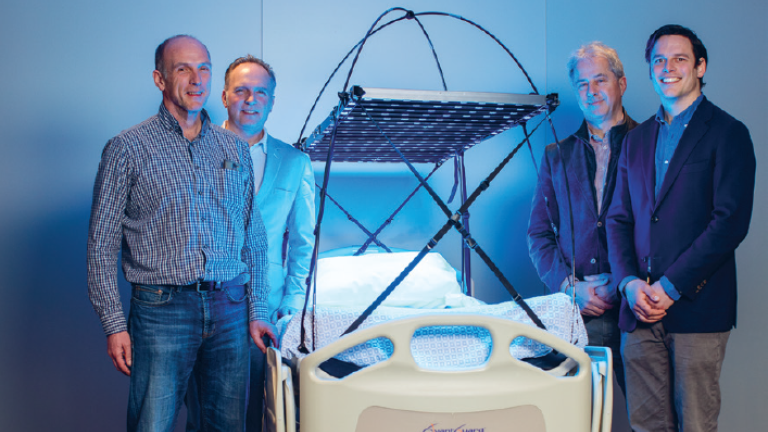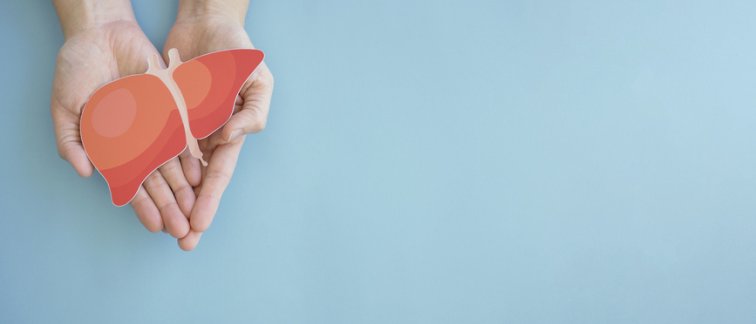The results of this study were publsihed in NEJM on August 17th 2023.
The hepatic enzyme UGT1A1 conjugates bilirubin, the hydrophobic yellow waste product of heme, into water soluble bilirubin glucuronides, an essential step for its disposal from the body via bile and faeces. Crigler-Najjar patients lacking this enzyme accumulate unconjugated bilirubin to levels causing lethal brain damage. Before the discovery of phototherapy severely affected patients died during the first years of life. Phototherapy, the daily >8 hours whole body exposure to intense blue light, converts bilirubin into water soluble photo-isomers. It is a cumbersome treatment reducing the quality of life, while the risk for irreversible brain damage due to bilirubin spikes persists. Since the treatment becomes less effective overtime most patients do need a liver transplant at some point in life. This requires a major surgery and life long-immune suppression to prevent organ rejection resulting in an increased risk of infection and cancer. In view of the disadvantages current treatments, gene therapy seems a preferable option.
Liver directed gene addition therapy using Adeno Associated viral vectors has been demonstrated to be safe and to establish long-term expression of therapeutic proteins like factor IX in the liver. The efficacy of this approach has now been investigated in 5 adult Crigler-Najjar patients. Two patients in the first cohort received a low dose of the AAV vector containing the human UGT1A1 cDNA behind a liver specific promoter. This resulted in a correction of serum bilirubin level that appeared to be transient. In the second cohort, 3 patients received a higher dose. This resulted in a sustained effective reduction of serum bilirubin allowing them to stop phototherapy 16 weeks after vector administration. All three have been with-out receiving phototherapy for more than 1 year now. The sustained therapeutic correction in these adult patients allowed inclusion of Crigler-Najjar patients 10 years or older in cohort 3. Future studies will focus on the application of this approach in patients having neutralizing antibodies against AAV8 and on effective re-treatment in case of under dosing or loss of efficacy overtime.

AGEM Researchers Piter Bosma, Ulrich Beuers and Sem Aronson together with the developer of the bed

